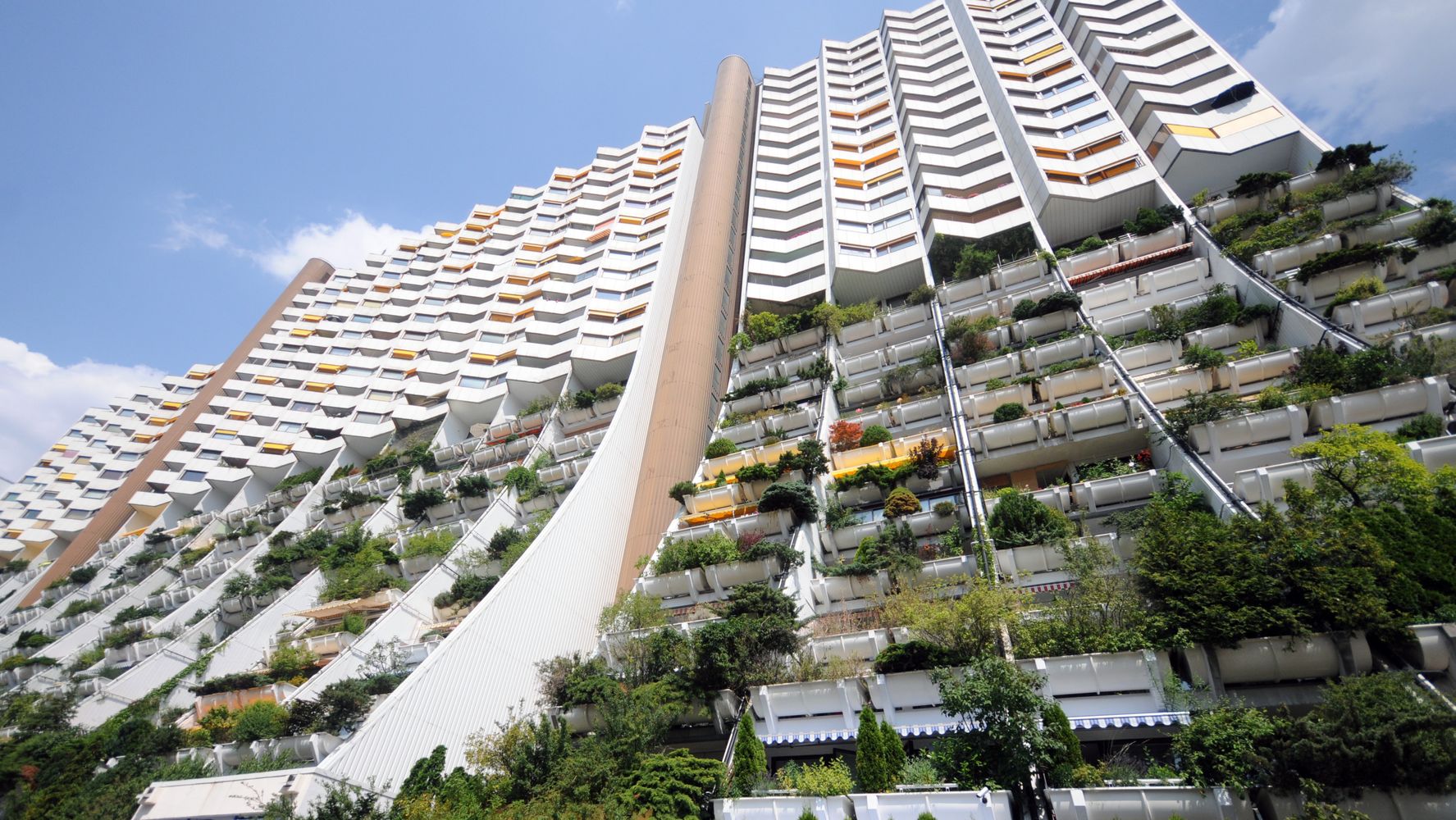AlbertC
Superstar
Anti-poverty group wants vacant downtown properties turned into affordable housing
A group of anti-poverty activists is urging the city to expropriate a section of land in the Cabbagetown area before it's sold to developers in an effort to combat a lack of affordable housing in Toronto.
At a media conference at city hall Wednesday, the group, comprised of architects, academics and organizers with the Ontario Coalition Against Poverty (OCAP), put forth a plan to build up to 260 rent-geared-to-income public housing units at 214-230 Sherbourne St., a series of seven properties currently sitting vacant in the area.
Among the properties is one 1900s-era building long home to rooming houses, now largely empty. The group says the properties' owners put the buildings up for sale in 2018, but later took them off the market after city council considered purchasing them. The city hasn't moved on expropriating the properties since, it says.
Last edited:

/https://www.thestar.com/content/dam/thestar/news/gta/2019/07/02/architects-advocates-team-up-on-affordable-tower-to-slow-avalanche-of-condominiums/_1_model.jpg)
